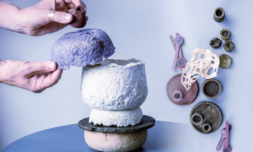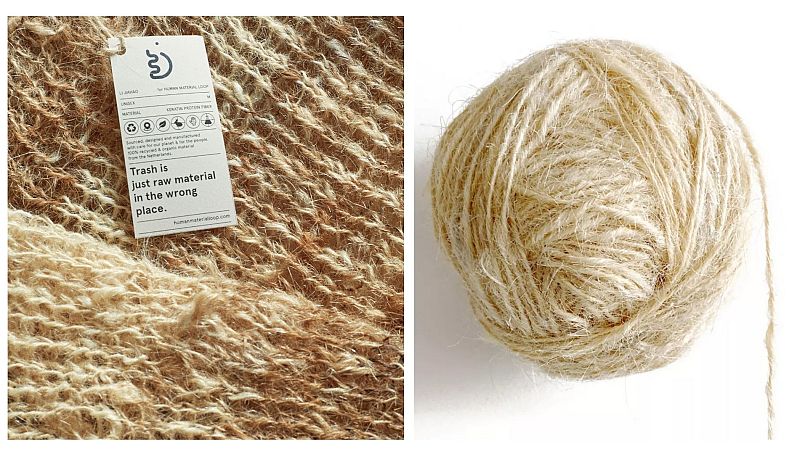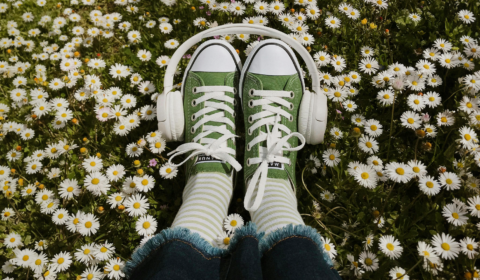Are we really so desperate in our fight against the climate crisis that eco-friendly materials made from fish semen and the human body are being presented as viable solutions?
Don’t get me wrong, I’m all for finding sustainable alternatives to products we know are detrimentally impacting our environment on a regular basis, but when reading up on some of the latest advances in the field of eco-friendly materials this morning, I can’t deny having felt rather uncomfortable.
For starters, as researchers look for ways to reduce our dangerous reliance on plastic, an unlikely substance has turned out to be a key player in its replacement.
And no, I’m not talking about seaweed, bamboo, or mushrooms, but sperm.
That’s right, in a paper published last month, a team of scientists in China detailed how they’ve successfully developed a bioplastic made with DNA from fish semen.


How? By dissolving strands of the genetic material in water containing ionomers (a chemical found in adhesives and vegetable oil) to create a gel that can be moulded into various shapes and then freeze-dried to remove all moisture.
The innovative process, called ‘aqua-welding,’ generates 97 per cent less carbon emissions that manufacturing polystyrene plastics and the recyclable end product is reportedly more environmentally sustainable than every type of plastic we currently know of.
To prove that it works, the scientists have so far constructed a small white mug and some puzzle pieces that can be broken down either with a DNA-digesting enzyme or by placing them in water.
The latter converts the items into a soft gel, which means they can be fashioned into something entirely different.


While this closed-loop system has its limitations, what’s promising is the abundance of DNA as a raw material. With an estimated 50 billion tonnes of it on Earth, it probably won’t be long then before we see sperm plastic (as well as agricultural plant waste, fruit, and bacteria plastic) hit the shelves.
On this note, as unusual as the concept first seemed, I’d say it’s definitely a viable solution. One arguably nowhere near as stomach-churning as designers using human hair and sweat to produce textiles.
The new trend, fronted by Zsofia Kollar and her company Human Material Loop, is seeking to tackle fashion’s concerning waste problem by turning the 72 million kg of hair that’s thrown out by European salons annually – ending up in landfills, solid waste streams, and choking drainage systems – into clothes.
‘Human hair is a globally available material unlike cotton or wool which can only be sold in a specific area,’ she explains, urging us to consider the paradox of wasting our own cruelty-free hair (which is rich in keratin protein fibres) while wearing environmentally-unfriendly sheep or alpaca.























